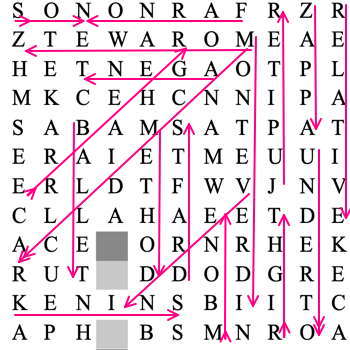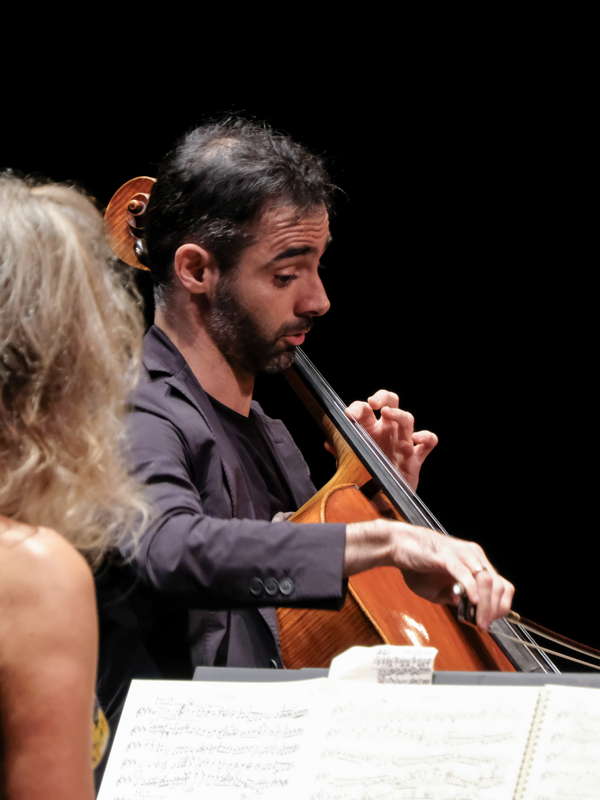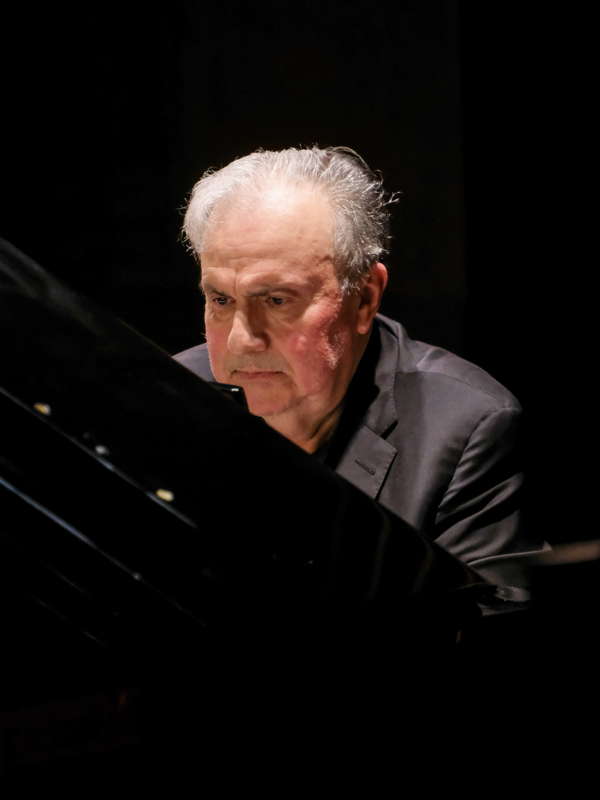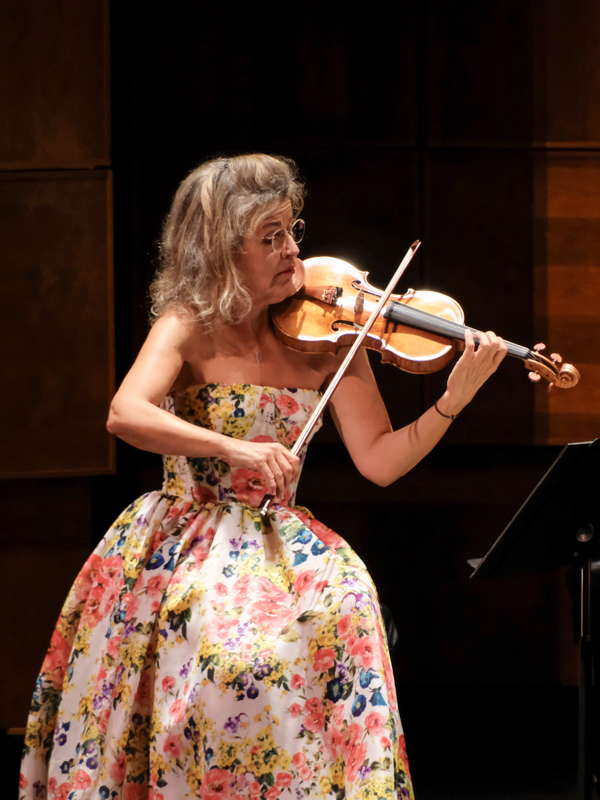- Strauss
- Charles Tournemire
- Lily Pons
- Ib Nørholm
- Harold Schonberg
- hymn
- James Horner
- Japan Kapustin Association
 VIDEO PODCAST: Slava Ukraini! - recorded on the day Europe woke up to the news that Vladimir Putin's Russian forces had invaded Ukraine. Also features Caitríona O'Leary and Eric Fraad discussing their new film Island of Saints, and pays tribute to Joseph Horovitz, Malcolm Troup and Maria Nockin.
VIDEO PODCAST: Slava Ukraini! - recorded on the day Europe woke up to the news that Vladimir Putin's Russian forces had invaded Ukraine. Also features Caitríona O'Leary and Eric Fraad discussing their new film Island of Saints, and pays tribute to Joseph Horovitz, Malcolm Troup and Maria Nockin.
 WORD SEARCH: Can you solve Allan Rae's classical music word search puzzles? We're currently publishing one per month.
WORD SEARCH: Can you solve Allan Rae's classical music word search puzzles? We're currently publishing one per month.
Dated Classical Stoicism?
PAUL BODINE, in his first feature for Classical Music Daily, reports on a Beethoven/Tchaikovsky concert in San Diego
The idea of the 'Star Trio' - newly minted piano trios stocked with 'rock star' virtuosos - began with Alfred Cortot, Jacques Thibaud and Pablo Casals back in 1905. The concept was re-labeled 'Million Dollar Trio' in the 1940s when promoter money brought together Arthur Rubinstein, Jascha Heifetz, and Gregor Piatigorsky, until egos - mostly Heifetz's - shortened the professional union. There've been no shortage of Star Trios since - Argerich-Kremer-Maisky, Barenboim-DuPre-Zukerman, Ax-Kavakos-Ma, for example. Legendary German violinist Anne-Sophie Mutter has built three: one featuring her second husband, conductor/pianist/composer André Previn and cellist Lynn Harrell, another featuring Harrell and Israeli-American pianist Yefim Bronfman, and the latest trio, in which Spanish cellist, Pablo Ferrandez replaces Harrell (who died in 2020).
On 3 May 2025, La Jolla Music Society brought this latest star trio to San Diego's Balboa Theater. While Bronfman is no stranger to Southern California classical venues and Ferrandez played San Diego as recently as May 2024 (also sponsored by La Jolla Music Society), Mutter was making her first local appearance since March 1996 when her recital was sponsored by - that's right - La Jolla Music Society. The program - Beethoven's Archduke Trio (Op 97, 1811) and Tchaikovsky's A minor Trio (Op 50, 1882) - is one Mutter, Bronfman and Harrell performed in California a decade ago, but it's not a no-brainer pairing: Tchaikovsky's one and only piano trio is rarely ranked among the very best of the genre, and as two of the longest trios in the canon, the combination requires stamina.
Fortunately, stamina seemed in ready supply Saturday night. The trio knocked out the Beethoven in only thirty-six minutes, very much on the fleet end of Archduke timings (which, with repeats, sometimes push fifty minutes). Yet this was the opposite of a rushed reading. Committed career chamber musicians, Mutter, Bronfman and Ferrandez synergized superbly, playing with an instinctive unity that felt like mind-reading, not star virtuosi trying to out-compete each other.

Anne-Sophie Mutter, Yefim Bronfman and Pablo Ferrandez performing in San Diego on 3 May 2025. Photo © 2025 Madi Nguyen
Even in the piano-heavy Tchaikovsky, Bronfman seemed uninterested in seizing the spotlight, while Mutter and Ferrandez smoothly handed each other dovetailed phrases all night long. If Mutter leaned toward a tight, 'wiry' tone in the Archduke's early movements, the warm, golden sound of Ferrandez's 'Lord Aylesford' Stradivarius - János Starker's cello for fifteen years - was the perfect counterweight.

Pablo Ferrandez in San Diego.
Photo © 2025 Madi Nguyen
A highlight of the trio's Archduke was the menacing tone and weird harmonic weight they gave the sideways-slithering trio section in the second movement - as if the Archduke's aristocratic elegance had been briefly invaded by the twentieth century until the scherzo's cheery main theme saved the day. But the trio's most sustained achievement was the third movement (Andante cantabile), which they gave a hushed, rapt, unanimous grace. In the Archduke's fourth movement (Allegro moderato), on the other hand, the trio's good taste and elegant restraint served to remove the ungainly rusticity that makes the 2024 Archduke recording by Ax-Kavakos-Ma (on Sony) so much fun.
Tchaikovsky always paid Beethoven due respect, even trekking to Mannheim in 1870 to celebrate the great composer's centenary. But late in life, he admitted that while he felt a kind of Old Testament 'wonder' and 'fear' over the German genius, 'I do not love Beethoven'. 'My god', Tchaikovsky admitted, was Mozart, 'a musical Christ'. In other words, Tchaikovsky hardly modeled his trio on Beethoven's Archduke. In fact, he admitted that listening to a piano, violin and cello together was 'torture': 'I simply cannot endure the combination ... The timbre of these instruments will not blend'. It says everything about Tchaikovsky's own genius that his lone piano trio has carved a lasting niche in the canon.

Yefim Bronfman on 3 May 2025.
Photo © 2025 Madi Nguyen
To the Tchaikovsky, Bronfman brought more athletic playing and urgent, ringing tone while Mutter's intensified vibrato and bow pressure produced an expressively keening timbre and some of her loveliest playing of the night.

Anne-Sophie Mutter. Photo © 2025 Madi Nguyen
Ferrandez showed his own unbuttoned side in the first variation, unleashing vaulting, throbbing arcs of sound. Beethoven's emotional restraint feel like old news. The trio's embrace of Tchaikovsky's elevated emotional temperature sustained them through most of the eleven variations that followed, which ranged from a waltz and a fugue to a mazurka. Only the forced, somewhat neurotic rush of the 'Allegro risoluto e con fuoco' (cheerful, resolute and with fire) in the Variazione Finale e Coda broke the spell. Reminding one that Tchaikovsky had an overwrought, sentimentally cheap side (see 1812 Overture) - it compelled Mutter to play at breakneck speed and Bronfman to lapse into the heavy-handedness he'd avoided all evening. Suddenly Beethoven's classical stoicism didn't look so dated.
For their encore, Mutter, Bronfman and Ferrandez offered a beautiful rendition of John Williams' Schindler's List theme.
Copyright © 6 May 2025
Paul Bodine,
San Diego, USA



